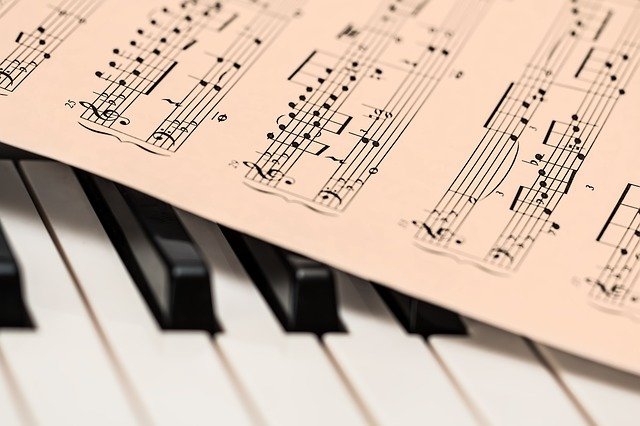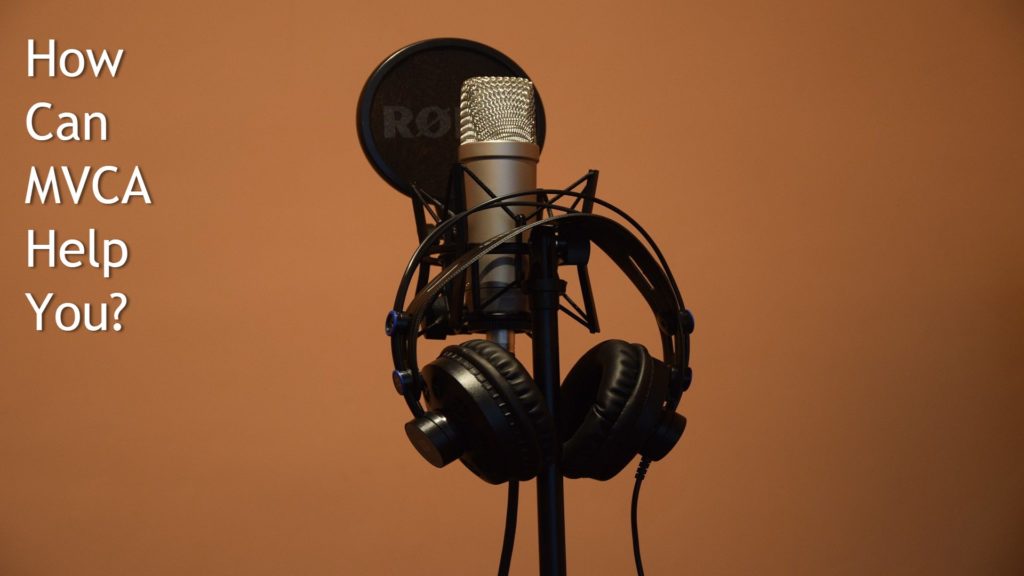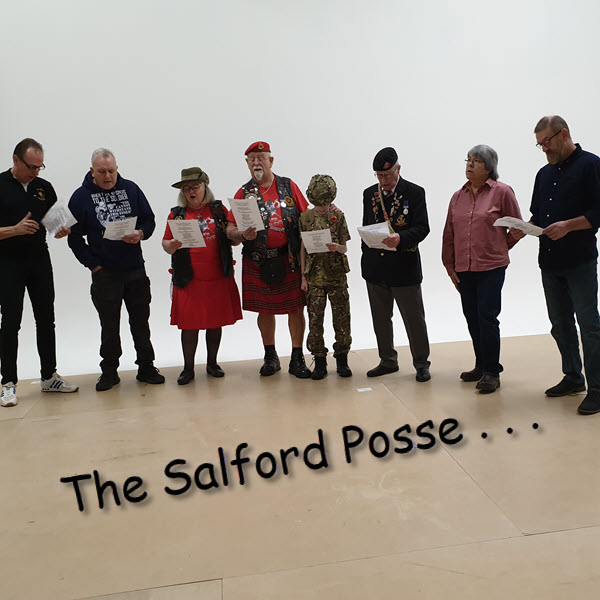Songwriting workshops in 2022
I’m looking at changing the way the Military Veterans Creative Arts run our creative workshops.
So far, these have been songwriting workshops via zoom sessions.
In 2022 I’m considering changing how we run our workshops and will be looking ar running weekday or weekend workshops for various elements of the songwriting process, which is quite extensive and include:
How to create an entirely produced song and what Military Veterans Creative Arts can do for you.

1. Words – We will discuss the different ways of putting your words down on paper. If you have written a poem, we can help you create a song or put it to voice and music sounds.
2. Lyric – The Military Veterans’ Creative Arts will then help you sculpture those into a lyric and song structure with rhythm and rhyme to create song dynamics. Each lyric has sections: like an intro, verse, build-up, chorus, breakdown, drop, and outro.
There are various song structures that we will explore with you. Personally, I tend to use ABABCB mainly. Verse (A) intro beginning of the story. It should capture the audience. The verse tells the story. A pre-chorus is a step leading into the chorus (B), a few lines to heighten the impact of the chorus, which is a summary of what the song is about; it tends to be the catchiest part. The bridge (C)usually only happens once and changes both musically and lyrically in the song. The outro indicates that the song is coming to an end; usually, the chorus is repeated and slowed down.
3. Melody/Chord structure – Melody and chord progressions are formed once the lyric has been sculptured. A melody is created using a group of musical notes that work together. For this reason, the melody must carry a heavy load to make one song distinct from another. The melody carries the song and makes it stand out.

The chord progression fits around the melody. Chord progressions are considered building blocks like Lego blocks. There are billions of songs created using the ‘same’ chord progression. For that reason, you cannot copyright a chord progression. What is copyrightable is the melody and the lyrics and the recording and total production.
Creative exploration to find a vocal melody can be rewarding and fun. Songwriting is a personal process, and no two songwriters approach writing melodies in the same way. We have worked with one veteran on this next stage of creating their own melody. We look forward to those that would like to move on to this.
4. Recording – Once the demo song is completed and the musicians and singers have thoroughly rehearsed, a recording studio is arranged. We will choose a studio with the right equipment to capture the vocals and instruments. The producer will usually direct what’s required and attend the recording session. Mics used and techniques are essential to ensure the captured sound fits the desired outcome.

5. Arranging – This is where the fun comes in with transitions, build-ups, and creating tension for that full frequency release. The arrangement is one of the most important skills to cultivate as a producer because it covers everything from mixdown to how you arrive at the idea that initially inspired you. Arranging, mixing, and mastering can be explained as finding the centrepiece and building around that and ensuring that it doesn’t get lost on all the other elements of the song. There are structural, Instrumental and spatial arrangements to consider. Whilst the song arrangement starts before the vocals and instruments have been recorded, we will organise those parts and ensure that all elements work well together, including making sure the vocal and rhythm are cohesive. Deciding what to keep or leave out can be challenging. We’ve gone back to re-record a few times, which isn’t often as studio recording time is costly. Elements of music: Rhythm, Melody, Harmony, Timbre, Dynamics, Texture, and Form.
6. Mixing, Mastering and Editing – Once all recordings and the arrangements are finished, the parts go to the next stage to be edited, mixed and mastered. Edits to recordings and balancing the individual instruments, so each has its own frequency space. This is where we start to see all the hard work come together as a whole, and the quality and the feel of the song is finally completed.

Would these workshops be of interest to you? If so please email me at suzie@mvcacare.org

Check out some of our previous work and testimonies

If You Would Like To Help Us Provide Our Creative Services, Please Consider Making A Donation.
Any money received is delivered directly to Military Veterans Creative Arts and goes towards the costs of providing the various services to those who we are helping.
Just click the DONATE button to make your donation.
Many Thanks.




Pingback: Stay Strong Be Brave – Military Veterans Creative Arts
Pingback: Joanne Kendall – Military Veterans Creative Arts
Pingback: Robert Gray – Military Veterans Creative Arts